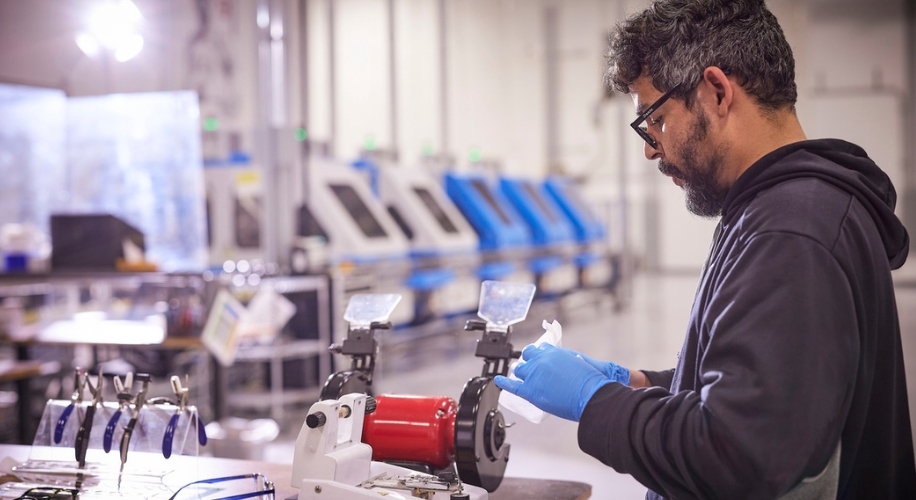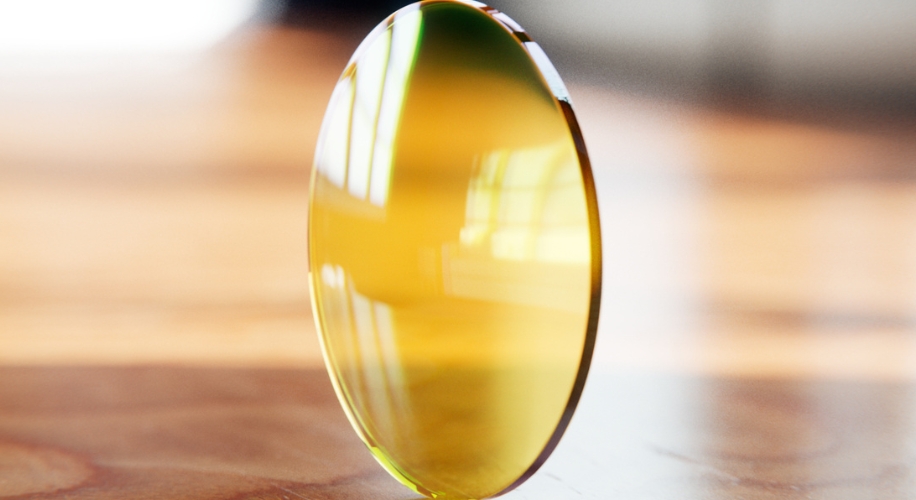How It’s Made: Blue Light Lens Filters
- BY Catherine Ong
- IN Lenses
In a world dominated by digital screens and artificial lighting, concerns about the potential harmful effects of blue light on our eyes have become increasingly prevalent. Blue blocker lenses have emerged as a popular solution to address these concerns and safeguard our visual health.

Photo from Pexels by Designecologist
Understanding Blue Light
Blue light is a high-energy visible (HEV) light that falls within the blue and violet part of the light spectrum at 400 to 450 nanometers. While exposure to natural blue light from the sun is essential for regulating our circadian rhythm, prolonged exposure to artificial blue light sources, such as digital screens, can lead to eye strain, fatigue, and potential long-term damage.
Shop Zenni Blokz Blue Light Filtering Lenses
How Blue Blocker Lenses Work
Blue blocker lenses are specially designed to mitigate the potential negative effects of prolonged blue light exposure. Here’s how they achieve this:
- Special Coatings: Blue blocker lenses are coated with a special filtering material that selectively absorbs or blocks a portion of blue light emitted from digital screens and other artificial sources. It allows other useful wavelengths to pass through.
- Yellow or Amber Hue: Many blue blocker lenses have a yellow or amber tint. This tint helps in reducing the transmission of blue light by filtering out a significant portion, making the overall viewing experience more comfortable.
The Manufacturing Process
The specific manufacturing process for blue blocker lenses can vary among eyewear brands, but it typically involves applying coatings during lens production. These coatings are carefully formulated to target the wavelengths associated with blue light.
- Mixing together: Blue light filtering material is mixed with the general lens polymer before the mixture gets fully melted and made into a lens
- Coating Application: During lens production, an additional layer of the blue-blocking coatings can be applied to the lens surface.
- Curing Process: The lenses go through a curing process to ensure the coating adheres securely to the lens and provides long-lasting blue light protection.

Choosing the Right Blue Blocker Lenses
When selecting blue blocker lenses, it’s crucial to consider factors such as the lens material, the percentage of blue light blocked, and your personal comfort with tinted lenses. Consulting with your optometrist can help you find the right blue blocker solution tailored to your unique visual needs and lifestyle.
At Zenni, there are multiple options with Blokz Blue Light Technology including Blokz Standard and Blokz Plus lenses. Blokz Standard lenses filter blue light 16x more than lenses and Blokz Plus lenses filter 23x more. Blokz Standard lenses are typically sufficient for normal daytime device use. Comparatively, Blokz Plus would be recommended for those who have extensive screen time especially in the evening.
Shop Zenni Blokz Blue Light Filtering Lenses
As our reliance on digital devices continues to grow, blue blocker lenses play a vital role in promoting eye comfort and protecting long-term visual health. By understanding how these lenses work and their manufacturing process, you can make informed choices to keep your eyes safe in our technology-driven world.


